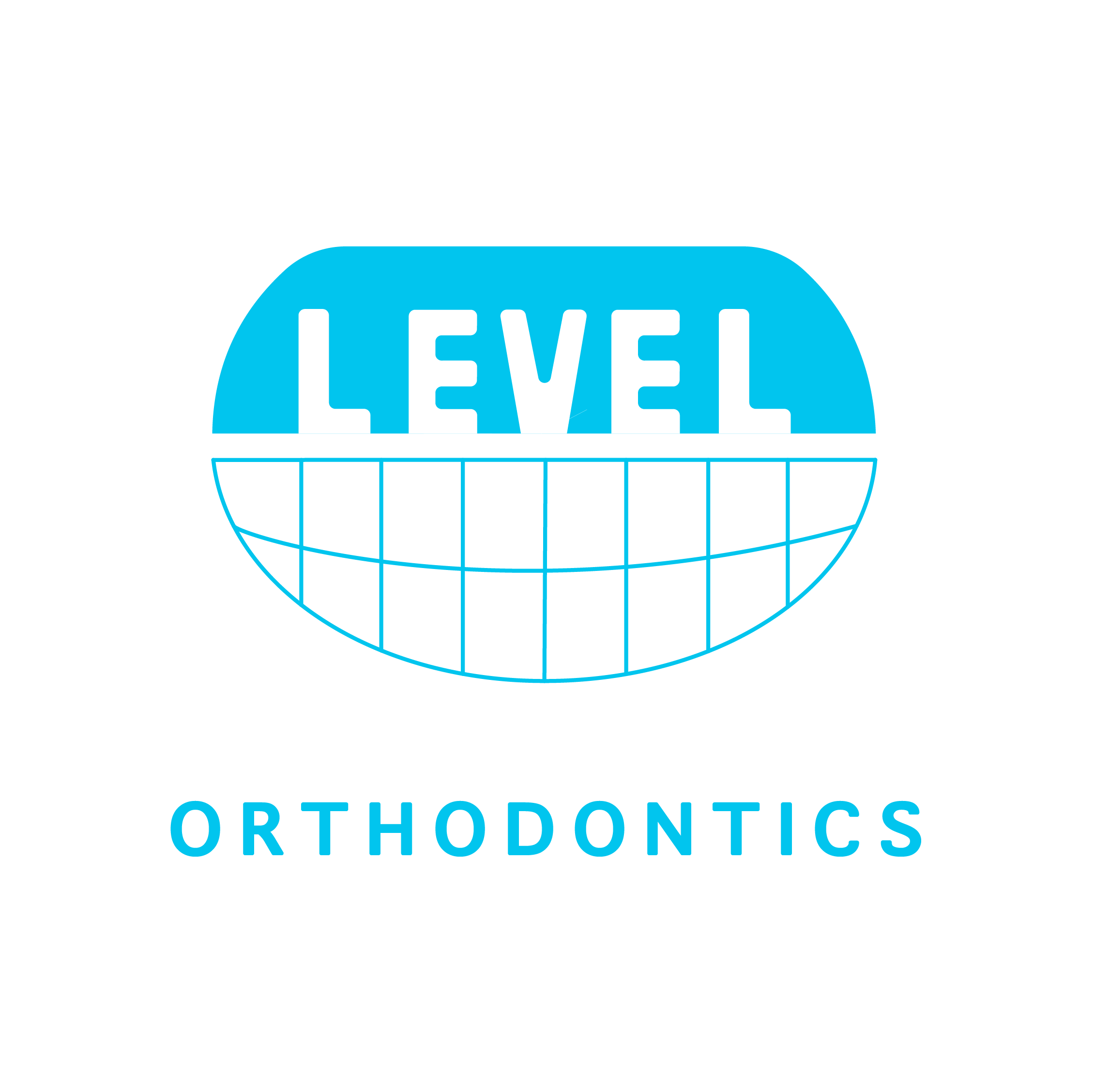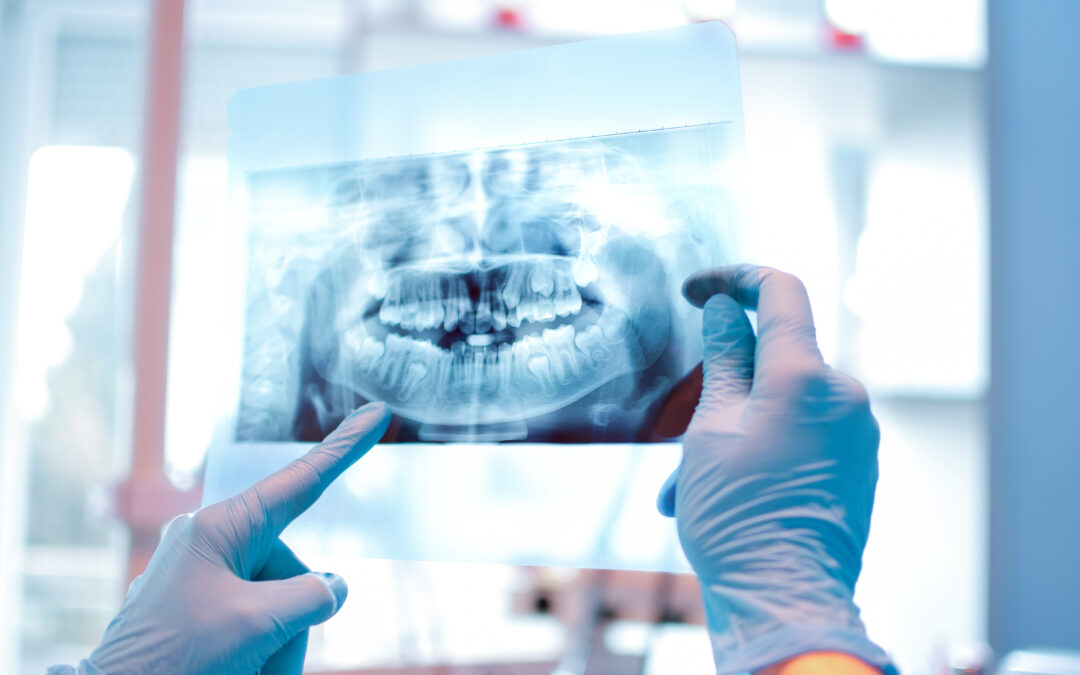Jaw misalignment, clinically referred to as malocclusion, is a common dental issue that can impact your smile’s appearance and function. This article delves into the underlying causes and potential consequences of jaw misalignment while highlighting the significant role orthodontic solutions play in enhancing aesthetics and improving oral functionality.
Causes of Jaw Misalignment
Malocclusion can result from various factors, including genetics, improper growth of the jaw bones, thumb-sucking habits in childhood, or even injuries. It’s important to note that misaligned jaws can manifest differently, such as overbites, underbites, crossbites, and open bites. These conditions can lead to discomfort while chewing, speech difficulties, and even contribute to temporomandibular joint (TMJ) disorders.
Consequences of Untreated Misalignment
Beyond aesthetic concerns, untreated jaw misalignment can lead to various oral health issues. Uneven tooth wear due to improper distribution of biting forces can result in premature tooth deterioration and even cavities. Moreover, misalignment can strain the jaw muscles, causing pain, headaches, and in severe cases, TMJ disorders. Addressing these concerns early on is essential to prevent long-term complications.
Orthodontic Solutions for Jaw Misalignment
Enhancing Aesthetics and Oral Functionality
Correcting jaw misalignment goes beyond aesthetics. By improving the alignment of your jaws, you achieve a more symmetrical and visually pleasing smile and enhance your oral functionality. Properly aligned jaws ensure a more even distribution of biting forces, reducing the risk of uneven wear and related dental issues. Moreover, a balanced bite can alleviate strain on the jaw muscles, reducing discomfort and the likelihood of developing TMJ disorders.

